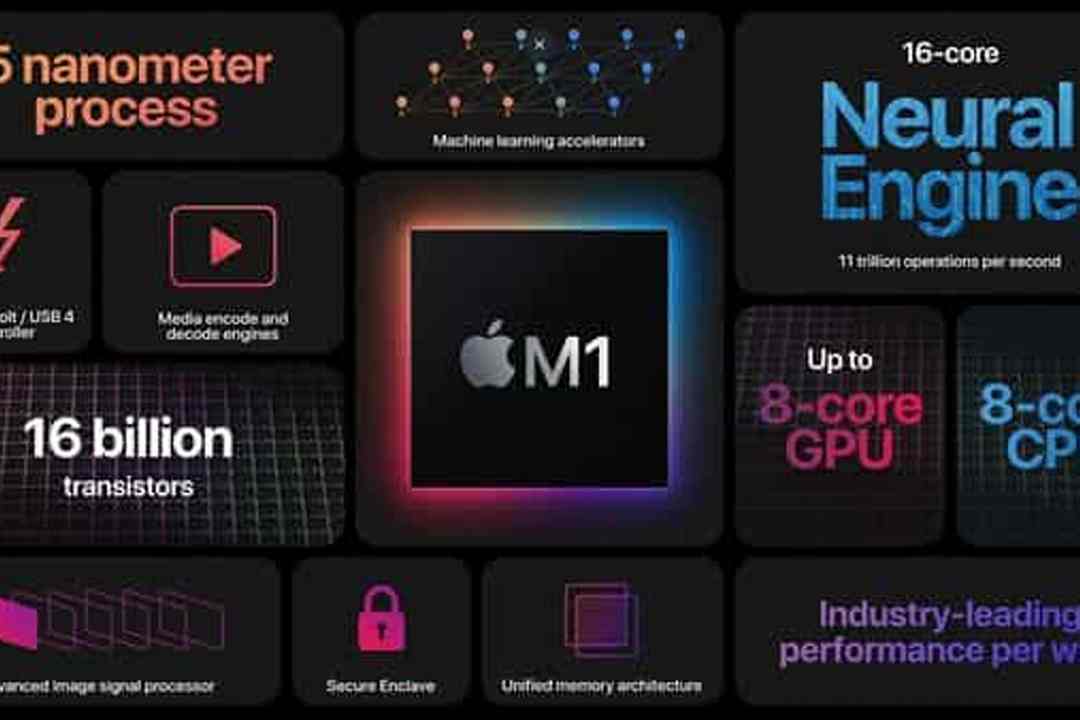
Technology giant, Apple, today announced its first mobile processor that will run on its Mac computers.
The company had announced the move to Apple Silicon a few months ago, promising that the first such Macs would be launched before the end of the year. The new chip is called Apple M1 and it’s a system-on-chip for Macs. This means that unlike regular PC processors, the M1 is a mobile chipset, which combines almost an entire system into one tiny chip. It’s similar to Apple’s A14 Bionic that runs on the iPhones or Qualcomm’s Snapdragon chipsets on Android phones.
The new M1 chip is an octa-core chipset, with four high performance cores and four efficiency cores. It also has an eight-core graphics processing unit (GPU). Apple claims that its high performance cores are the fastest in the world and the GPU delivers twice the performance of the “latest PC processor”. It will also have Apple’s secure enclave, which the company uses to protect fingerprint and FaceID data on its iPhones and iPads.
Adding a mobile chip essentially allows Apple to tighten the interaction between hardware and software,something the company has benefited from doing on iPhones and iPads. It will also allow developers to make apps that work on iPhones, iPads and Macs without big tweaks needed for them.
On paper, this means two things — Macs will become more battery efficient since mobile processors consume less power than PC processors, and the app ecosystem for Macs will grow faster with more uniform use cases across iPhones, iPads and Macs.
That said, this does mean developers will have to make a big move from system architectures used on Intel’sPC processors (called x86) to that used by Advanced RISC Machines (ARM). While Apple did feature developers on its keynote who said moving their apps across the architectures was easy, the same hasn’t been seen on Windows right now. Apple has an advantage though, in the fact that developers already make apps for its iPhone and iPad that are meant for ARM systems.
That said, this does mean developers will have to make a big move from system architectures used on Intel’s PC processors (called x86) to that used by Advanced RISC Machines (ARM). While Apple did feature developers on its keynote who said moving their apps across the architectures was easy, the same hasn’t been seen on Windows right now.
Apple has an advantage though, in the fact that developers already make apps for its iPhone and iPad that are meant for ARM systems. Like Microsoft, Apple has also built in an emulator in its operating system for Macs, which will help apps meant for PC processors function on the mobile processor.
TOP GADGETS
See All
The Macbook Air will be the first laptop to run on the Apple M1 chip.







